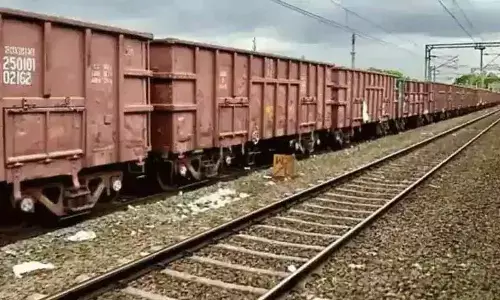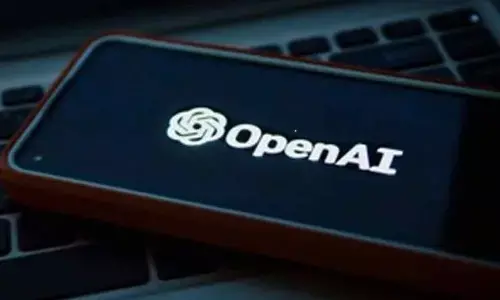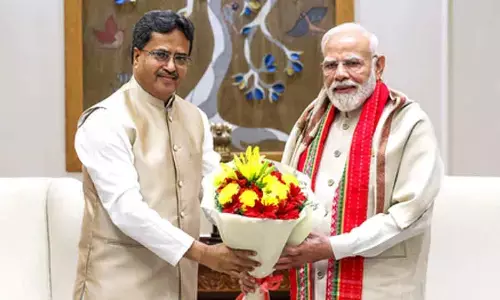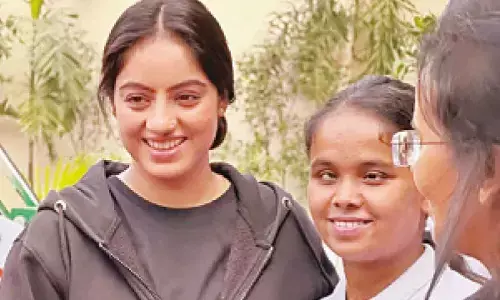No country for any people
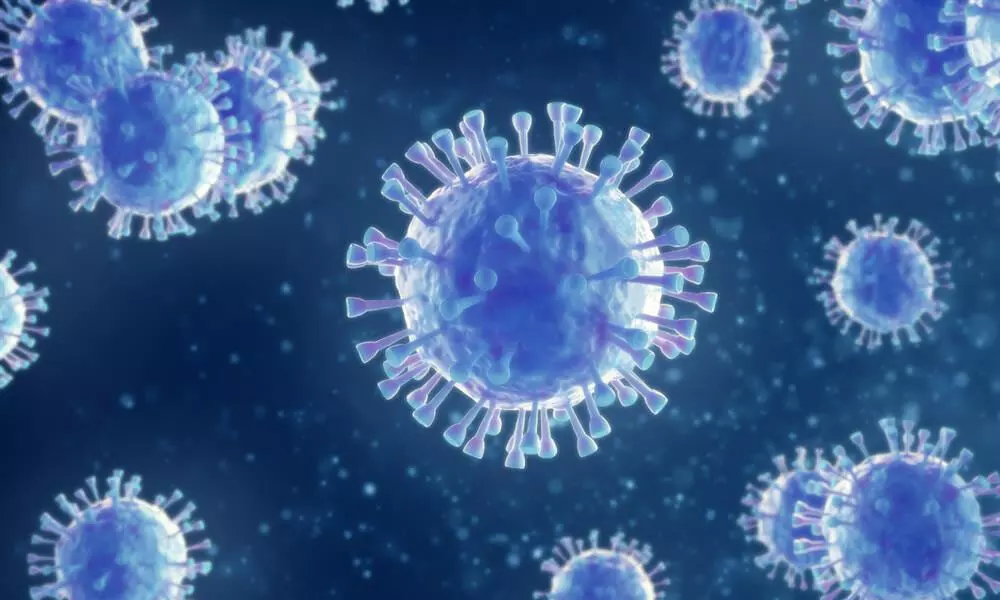
Report on Covid highlights future pandemic risks
The body dies. The soul lives on, wrote a doctor on what became her dying declaration.
The body dies. The soul lives on, wrote a doctor on what became her dying declaration. She passed on but photographs of her smiling face linger on in the virtual world. And then, another visual. Almost surreal. A leaking oxygen tank and a cloud of virtuous white vapour bathing everyone in what is now the most essential commodity in India. Yet this very cloud of oxygen led to 24 people losing their lives in what was perhaps one of the most gut-wrenching visuals that COVID had to offer. Doctors in distress, relatives scrambling in the ICU wards. An elderly lady beating the chest of her loved one, another attempting resuscitation with her bare hands, people crying on the stairway, in the lobby, near the gate, at the reception.
This cannot numb the society. This is a deep scar that generations will carry for years, laments that mothers will cry for their fallen child and children will wail for their parents who went too soon. This is the abrupt fall to the pits of a society that has been pushed, stretched and harangued for decades. This is just one more nail in the coffin of the dream for a just India.
The signs were there since last year when the proportionately strong first COVID tsunami uprooted virtually everything in its wake. Lives carefully built year upon year suddenly fell apart. The distressing visuals of scores of migrant workers making their way home, lugging their meagre belongings on cycles, rickshaws or just pulling a suitcase with wheels, pummeled humanity. Images of hurried burials and of scores of health professionals dressed in PPE kits to fight the war against COVID lingered on in our memories.
When the haze of the lockdown lifted in September last year, many felt that the worst was behind them. But for the hundreds of millions of workers, the pandemic had already accentuated the vulnerabilities between the rich and the poor. While many had to suffer from forced unemployment, proud individuals had to stand in unending queues and wait for their turn for the promised rice and dal. Stuck between their small tenements on one side and the uncountable queues on the other, 'loss of respect' brought millions down to their knees in a calamitously unprecedented emergency.
COVID has struck a deep discord within the society and highlighted several of the earlier ones. Volunteers, often from the small neighbourhood as the poorest, have been left perplexed – tore between the sense of duty and carrying the disease to the family's doorstep. Patients who turn positive have been stigmatized, by their neighbours and friends and worse, often by their families. Street food vendors have been left without a clientele, drivers of school buses have nobody to ferry, garment workers are often without a steady job, domestic workers staring at empty apartments, even white collared professional abruptly laid off.
Yet, the poorest of the poor have never felt such helplessness as they do now. In the midst of COVID, the childless and the jobless have had virtually no support. A sudden flood on 10th September, 2020 that swamped several congested localities in a slum in East Bengaluru brought forth the desperation vividly as entire families had to fight the triple menace of a COVID induced dull job market, miniscule savings and sewage waters that washed away their belongings. No single image could be as overwhelming as that Mariamma (name changed) who with her serious heart condition was drying her sewage-mixed stock of 'kadlekai' for later consumption, as she had no other option left in order to survive.
However, with growing hope, families who left their homes in New and Old Bypanahalli, Naganpalya and several other settlements began trickling back to their adopted homes in the hope of finding work again.
Many, working in the informal sector would diligently wear their mask before stepping out to work, drink kashaya and follow the myriad instructions dictated on the television. But what they were perplexed about is 'why did this alien apartment-disease destroy their lives in the slums, when all they did was follow the countless instructions by well-meaning people'.
There was no answer to this query in the month of December, no answer now. The rich, the poor and the middle class, everyone has been left stranded for once, words have failed, our bearing lost, blank expressions helpfully covered by the mask, nonetheless bewildered eyes still search for meaning amidst this gloom.
However, May 2021 does feel like a war with the angst of survival amidst COVID destroying lives and livelihoods having taken a toll on everyone. Even the richest of the rich for a change.
While the first wave saw many go out of their way and donate large sums for COVID relief work, the pandemic was in those days still one of the many inconveniences that the privileged faced. As the popular campaigns playing out in the months of August and September would declare so eloquently, 'there is nothing that a little social distancing and mask wearing cannot prevent in combating this far-away and distant disease'.
The second wave has brushed these illusions aside. The slum dweller of D J Halli with its broken drains and open air burning of trash and the privileged sitting a few kilometres away have all been swamped under this 'toofan'. Even money or connections are not enough to ensure the availability of an oxygen cylinder, hospital bed or a medicine such as Remdisivir.
The great destroyer that COVID is, it has inadvertently opened windows to human behaviour and created deep rifts within the society. The rich have been left helpless and the poor traumatized. Humans have shunned other members of the same race, desperate patients again face desperate situations and even the deceased are being robbed of a respectful final adieu. For once in our living history, clear and present danger has hit home, and we do not know how to react or stay ahead of the curve. This disease has left us all staring helplessly at a tell-all mirror and there is no escape.
(Author is Assistant Professor at Azim Premji University)








